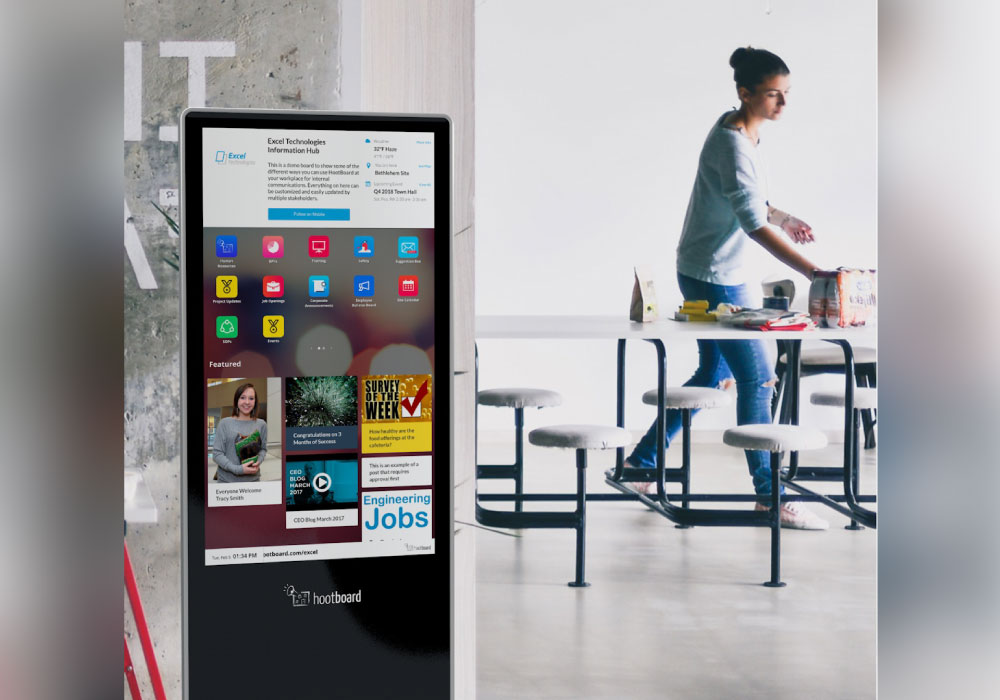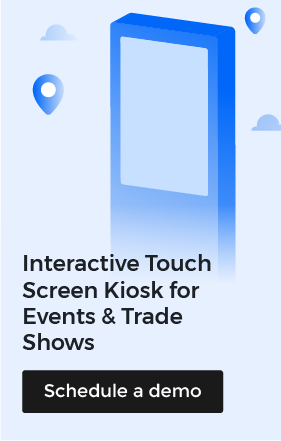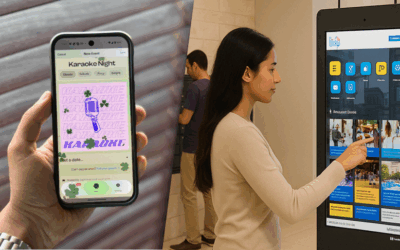Deskless workers are an invaluable asset for many organizations, yet they often face different challenges than their traditional office counterparts. Due to the lack of access to desktops and other tools, deskless employees may not have the same level of communication or feedback channels as those with a desk. Furthermore, they may feel disconnected from the larger organization and have difficulty accessing the information or resources they need.
Challenge #1: Lack of Communication
One of the major challenges that deskless workers face is the lack of communication channels available to them. This is especially true for employees who work remotely or in the field, such as delivery drivers, sales representatives, and construction workers. Unlike their office-based counterparts, deskless workers do not have access to desktop computers or other tools that allow them to communicate more easily with their colleagues and superiors. The lack of communication can have a number of negative consequences for deskless workers and their organizations.
- Reduced collaboration within the organization
- Difficulty in accessing information or resources needed to do the job effectively
- A feeling of disconnection from the larger organization
- Reduced employee morale, motivation, and engagement
- Increased difficulty with task management due to poor communication
For one, it can lead to misunderstandings and mistakes in the field. Without easy access to information and feedback, deskless workers may struggle to complete tasks correctly and efficiently. This, in turn, can lead to delays, errors, and customer dissatisfaction.

Challenge #2: Inadequate Feedback Channels
Another challenge that deskless workers face is inadequate feedback channels. Deskless workers often lack access to the same level of communication and feedback channels as those with a desk, making it difficult for them to stay up-to-date on their performance or receive helpful guidance from their superiors. This can lead to feelings of disconnection from the organization and reduced morale, motivation, and engagement among employees.
- Missed opportunities for feedback and improvement
- Reduced employee morale, motivation, and engagement
- Misunderstandings and mistakes in the field lead to delays, errors, and customer dissatisfaction.
- Lack of innovation or creativity due to a lack of collaboration and brainstorming opportunities
Additionally, without adequate feedback channels in place, task management can become more challenging due to poor communication between supervisors and employees.
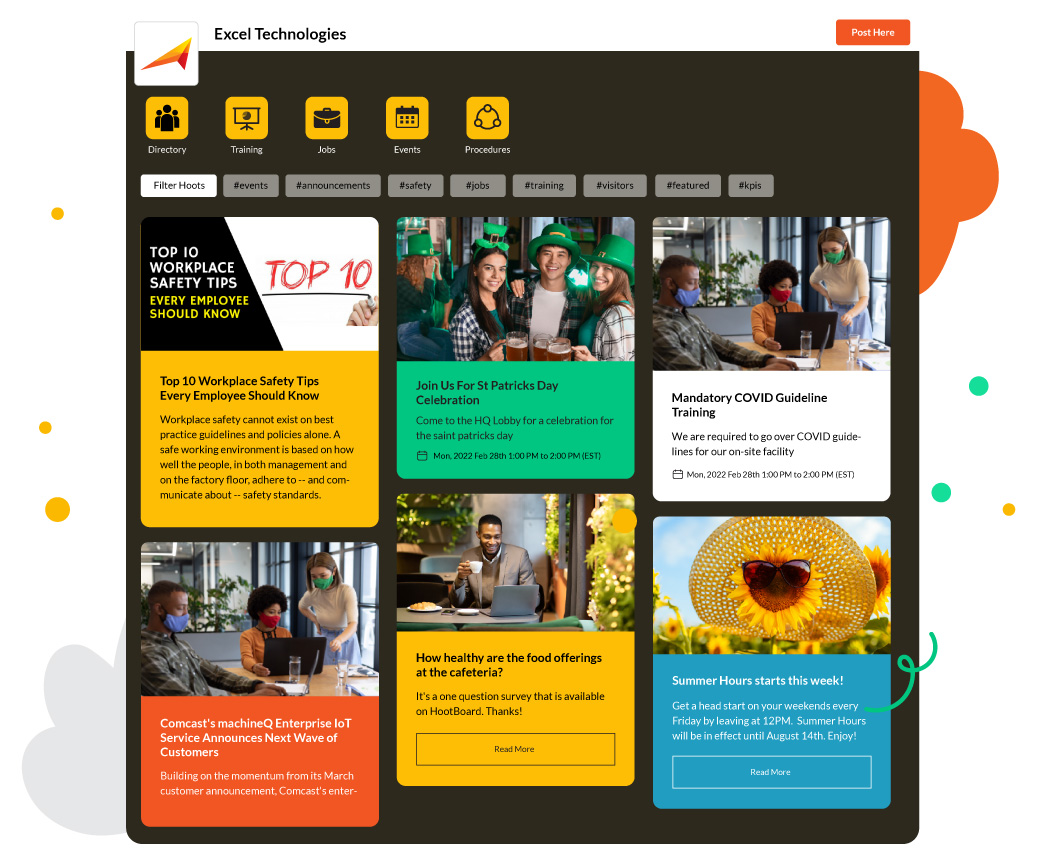
Challenge #3: They don’t have a sense of belongingness
Deskless workers may struggle with a sense of belongingness within the organization. They often feel disconnected from their colleagues and superiors due to the lack of direct communication channels available to them. This can lead to feelings of isolation, decreased engagement, and reduced motivation among employees.
- Decreased employee morale, motivation, and engagement
- Increased likelihood of turnover or absenteeism
- Higher risk of safety incidents or errors due to poor communication and lack of support
- Decreased customer satisfaction as a result of misunderstandings or mistakes in the field
- Reduced employee productivity and efficiency
- Difficulty in managing and delegating tasks effectively
- Potential negative impact on the company’s bottom line and reputation.
Encouraging team-building activities and creating open communication channels between employees can help foster a sense of community among all members of the organization.
Challenge #4: They don’t have easy access to the right information
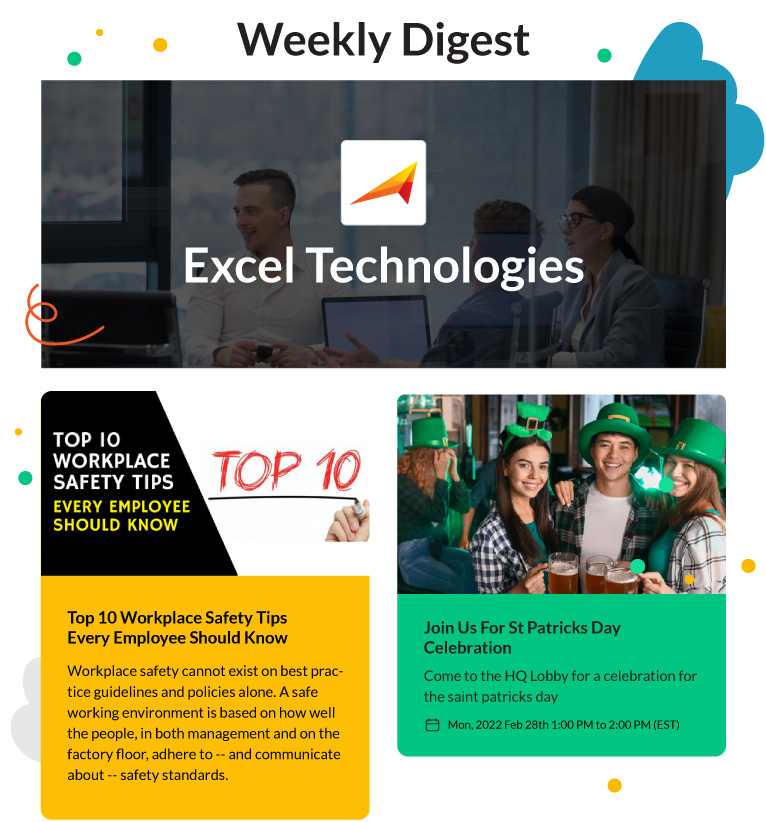
Deskless workers often lack easy access to the information and resources needed to do their jobs effectively. Without the ability to quickly and easily access the right tools and resources, deskless workers may experience delays or make mistakes that can lead to customer dissatisfaction. Additionally, without access to the latest information from their superiors or colleagues, deskless workers may struggle with task management and lack the guidance they need to stay on track. This can lead to:
- Difficulty in accessing information or resources needed to do the job effectively
- Reduced collaboration within the organization
- Disorganization and lack of clarity while completing tasks
- Missed opportunities for feedback and improvement
The Role of Kiosk Technology in Empowering Deskless Workers
Digital touchscreen kiosks can be a game-changer for deskless workers facing various challenges in their work environment. These kiosks can provide numerous benefits, including increased efficiency, better communication channels, enhanced collaboration among workers, and improved access to critical information and resources.
There are many features and benefits to using a digital touch screen kiosk to help address communication issues with deskless workers. Some of the best features are:
- Announcements: a touchscreen kiosk can keep everyone up to date with deadlines, assignments, etc.
- Check-in system: this allows workers to quickly access important information and easily check in with their supervisors.
- Data sharing: kiosks can be used to share data between workers, supervisors, and other stakeholders, improving communication throughout the organization.
- Real-time analytics: This helps managers monitor productivity and make timely decisions on how to best support deskless workers.
- Training modules: digital kiosks can also be used to provide interactive training modules, enabling employees to learn in an engaging and effective way.
By leveraging the power of digital kiosks, deskless workers are empowered with access to the information and resources they need to do their jobs effectively. This increases efficiency and improves communication among your employees.
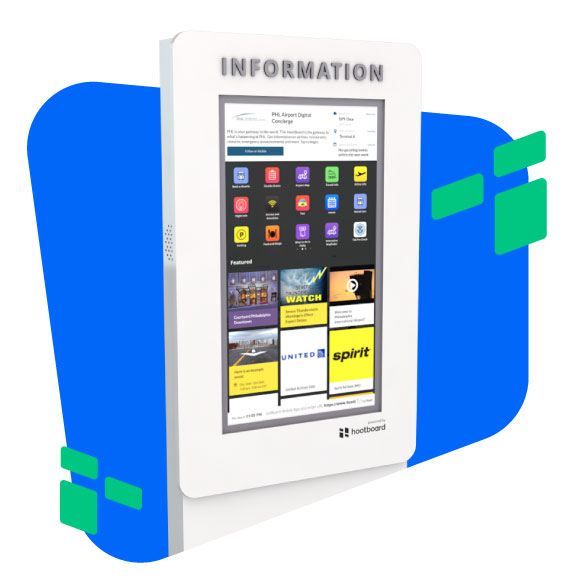
Conclusion
Overall, when it comes to equipping deskless workers with the right tools, companies must recognize the unique challenges they face and take steps to address them accordingly. Investing in kiosk technology is one viable option for doing so, as it provides a centralized point of access that is both convenient and user-friendly for your personnel.

